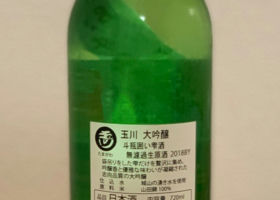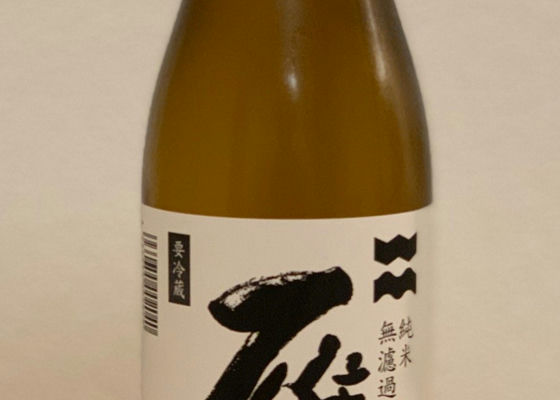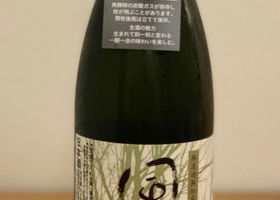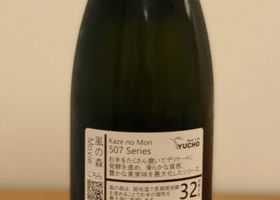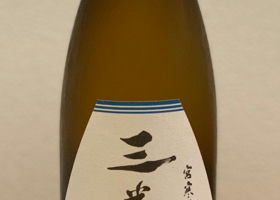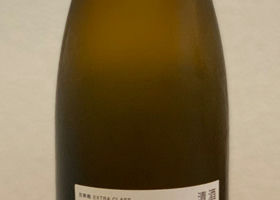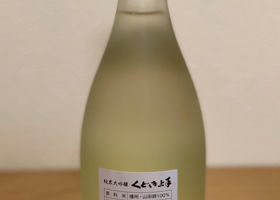

Taka
The modern design of the label suggests a fresh water quality and a fresh pear-like aroma, and the quality of the sake is understated and stylish.
On the palate, you can taste the light acidity and bitterness, and the sweetness is well balanced.
Environment: 11-12°C
In order to enjoy the refreshing taste, it is preferable to start drinking at a slightly lower temperature than the orthodox temperature, and at the end of the day, at about +2°C, you can feel the sweetness.
Scene: Sipping sake, first half of the course
It has a good balance of sweetness, acidity and bitterness, so it does not interfere with any dishes.
Japanese>English
















